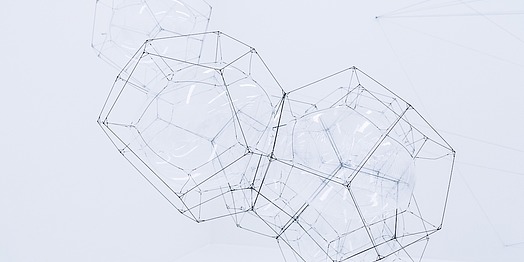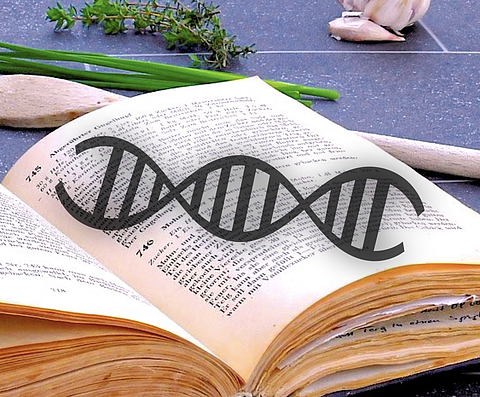
[#1] ON MATTER AND INFORMATION: THE ORIGIN OF RECIPES
[LUCID LIVING #1] On Matter and Information: The Origin of Recipes
By Piet Hut
The relationship between matter and information is one of the great mysteries in all of science. Information itself has no material properties, it has no weight, it has no power to do anything. But when combined with enabling material technology, there are no limits to its power.
Stuart Russell, one of the leading experts in artificial intelligence (AI), views the information revolution leading to AI as the third revolution in warfare, after gunpowder and nuclear arms. Miniaturized autonomous weapons will soon be able to deliver poison or explosives with pinpoint accuracy. Providing sufficient protection against, say, swarms of insect-size robotic carriers will pose enormous challenges. And the only feasible protection may be through artificially intelligent counter forces.
“AI as the third revolution in warfare”
Potentially more devastating than any direct use of force is the use of cyber warfare, that can cripple or even shut down the infrastructure of the enemy on a scale that was inconceivable even a few decades ago. However, the idea of information being empowering is an old one. We speak about the pen being mightier than the sword. The invention of writing, followed by that of book printing, allowed for much more coherence in human activities and hence for much more influence, for better or worse.
It is especially digital information that can empower material systems in which it is utilized. Not only the system of zeros and ones in a computer, or the alphabets used in writing, but also the system of phonemes used in any human language employ digital representations. In contrast with analogue representations, where every distinguishable sound has only one specific "hard-wired" meaning, digital representations allow for sheer endless combinatorics. This is why most animals can express many subtle versions of emotions, but lack the combinatorial richness of, say, story telling. Different emotions may number in the hundreds, but the number of different stories one can tell is more than astronomical.
Several virtual reality pioneers have pointed out that the invention of language provided humans with the first kind of virtual reality. The very notion of conjuring up a description of a series of events well beyond the location and time of the speaker and listener would have been mind boggling, had it happened all of a sudden. But of course, it must have happened gradually over time, during many generations, much more gradually than the invention of various scripts. In any case, language dates back to well before we started to create cave paintings as a way to abstract events around us into an inner language that we could then share with others.

Perhaps it makes sense to consider any form of digital representation as a kind of virtual reality. The use of DNA and RNA to provide a way to encode recipes for producing proteins from amino acids was discovered on Earth some four billion years ago, before the oldest common ancestor of any form of life that we know of. And the idea of a recipe, of some string of material symbols pointing to the potential to construct an altogether different and unrelated material structure, has the flavor of a virtual reality. The reality of the protein is virtually encoded in the information carried by the RNA or DNA.
In contrast, before life appeared on Earth, rivers were flowing, volcanoes erupted, storms were churning the oceans, but all these activities were a direct consequence of matter acting on matter, according to the laws of physics. At no time or place before life appeared were there any recipes to be found.
Of course, when we look at the exact way in which a ribosome uses the recipes provided by RNA into the manufacture of proteins, we can maintain that it is equally an application of the laws of physics to all the atoms and molecules doing the construction work. While in principle that is a true statement, in practice, the emergent property of the notion of a recipe, based on digital information, was a crucial step, if not in the origins of life directly, then certainly in making life robust, and able to evolve in its myriad forms present today.
“The origins of life as the first information revolution on Earth”
Seen in this light, we can identify the origins of life as the series of events that enabled the first information revolution on Earth. And if the development of astronomical instruments continues at the pace it has in the last few decades, we may soon discover signs of life on other planets. That will tell us that similar information revolutions have taken place on other worlds as well. Life and information will then be seen to be connected in a way that literally has universal significance.
Piet Hut is President of YHouse (where this blog is hosted), Professor of Astrophysics and Head of the Program in Interdisciplinary Studies at the Institute for Advanced Study in Princeton, and a Principal Investigator and Councilor of the Earth-Life Science Institute in the Tokyo Institute of Technology.